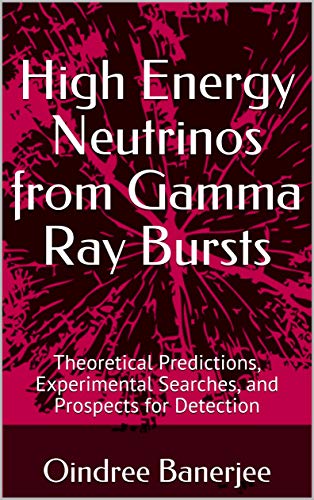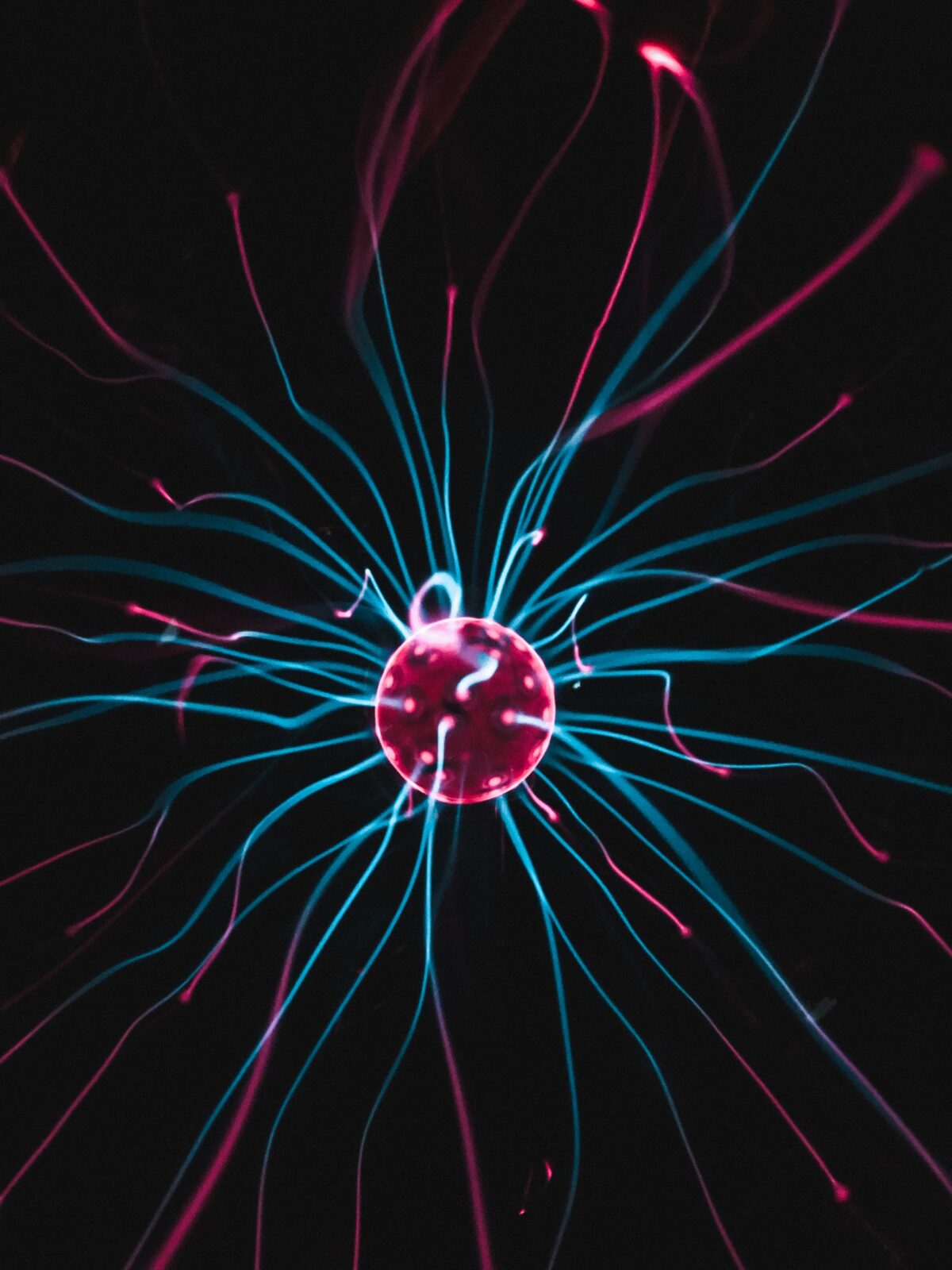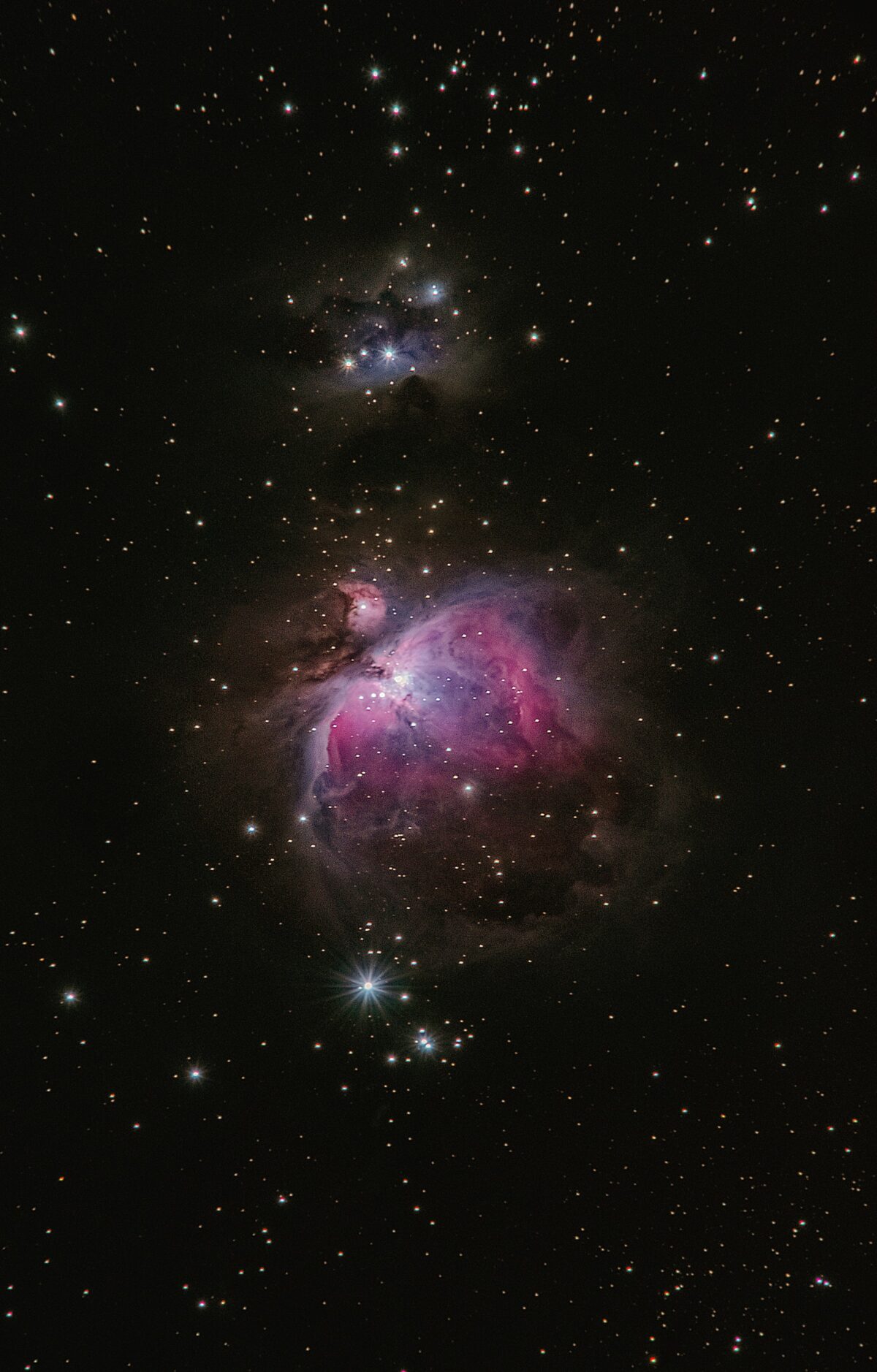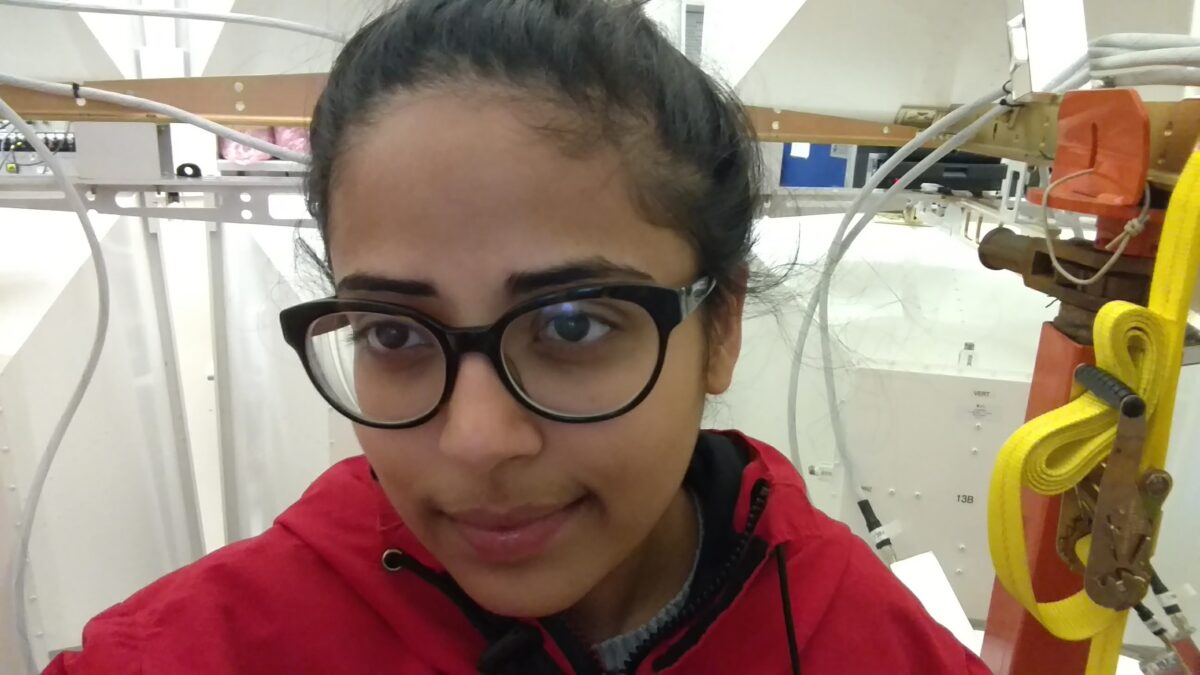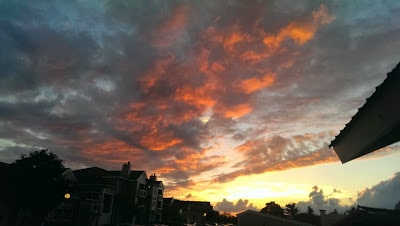Category: science
-
Gamma Ray Burst Audio Book Now Available on How to PhD Podcast
My Gamma Ray Burst Audio Book is now available on the ‘How to PhD’ Podcast!! The podcast is available on all platforms so whether you listen on Apple Podcast, Google Podcast, Spotify, or anywhere else, we have you covered: https://howtophd.org/podcast Gamma Ray Burst Audio Book Abstract Gamma-ray bursts (GRBs) are the most luminous transient events…
-
Gamma Ray Bursts Book Out and Available on Amazon Now!
My new Gamma Ray Bursts book is out and available on Amazon now! This is a public domain work and mainly a review. You should be able to download this now on Kindle devices and on the free Kindle apps on Mac, PC, as well as your phone! #science #astrophysics #gammarays #neutrinos #physics #astronomy #KDP…
-
High energy neutrino experiments and related physics
The high energy neutrino experiments that we discuss in this post are: IceCube ANTARES ANITA ARA IceCube and ANTARES are optical Cherenkov experiments that look for high energy neutrinos on the lower end of the high energy spectrum (1011−1015 eV). ANITA and ARA use radio techniques to look for high energy neutrinos on the higher…
-
An introduction to Gamma-ray bursts (with short videos)
Gamma-ray bursts (GRBs) are the most luminous transient events in the observed Universe. They were first discovered in 1967 by the Vela satellites flown by the U.S. Department of Defense to look for any possible breach of the Nuclear Test Ban Treaty. A short video on Gamma-ray bursts These intense bursts of gamma-ray radiation continue…
-
Why I am happy that the NASA launch is delayed
I am happy that the NASA launch is delayed because it is important to do the right thing. I feel for the people who are working hard to get this launch done but I am proud and glad, that they are making the right decisions. The launch had to be scrubbed due to unfavorable weather…
-
The “parallel universe uncovered” news is clickbait
I realize my posts yesterday on this blog, podcast, and YouTube channel were long, and not everyone had a chance to go through the material. So super quickly, I want to be clear that the “parallel universe uncovered” news is clickbait. Please don’t share these news articles that are saying that we (ANITA/NASA) have uncovered…
-
Want to know what the parallel universe nonsense is about?
Lots of people who are NOT on the ANITA collaboration are talking about this topic of how “NASA scientists may have uncovered a parallel universe.” Well, as someone who is actually on the collaboration and also deeply interested in making science communication more accessible, I figured I will blog about the SCIENCE that is getting…
-
What is particle astrophysics?
Particle astrophysics is the probing of events or objects in the sky with the help of particles other than light such as cosmic rays and neutrinos. When it comes to traveling the largest cosmic distances at the highest energies, light is not the most reliable messenger of astrophysics. We live in a boring part of…
-
How to make a superconductor in two easy steps
Today I am sharing how I made a superconductor in college. It was for a class – senior lab – and I ended up having way too much fun as always. A superconductor is a substance capable of being superconducting at low temperatures. By low temperatures, I mean temperatures below 30 Kelvin. For my American readers,…
-
Why is the sky red at dusk?
Why is the sky red at dusk? Dusk is my favorite time of the day. The sky is blue during a clear, sunny day. This has to do with how light is scattered off of atoms and molecules in our atmosphere. Sunlight is made up of different wavelengths (colors) of light. You can test this by holding…
